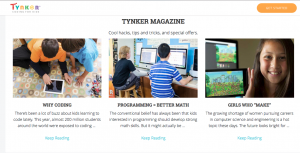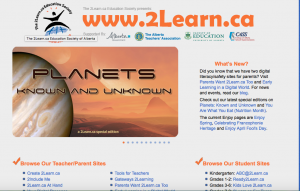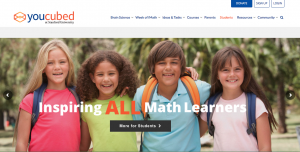With the advent of increasingly new technology, scientific facts and concepts can now be produced visually on digital screens. This enables student misconceptions to be clarified and effective learning to be encouraged. One avenue of learning in which interactive animations and simulations are utilized to promote science learning is pHET simulations. In their research, Finkelstein, Perkins, Adams, Kohl, and Podolefsky (2005) state that students who learned material through computer simulations outperformed on conceptual questions when compared to students who used real equipment. They further argue that while simulations might not necessarily promote conceptual learning, there is some validity to enhance student learning through computer simulations under the correct guidance, facilitation and application.
For my lesson plan, I have chosen a pHET Greenhouse Effect simulation available at:
https://phet.colorado.edu/en/simulation/greenhouse. It can be used in the earth science unit of Science 10. The lesson was created with the T-GEM in mind, which briefly involves three levels of instructional strategies (Khan, 2007): compiling information and generating a relationship, evaluating the relationship, and modifying the relationship.
The Simulation Activity:
Preliminary Understanding:
- Click on the “Adjustable Conditions” button and set the Green House Gas concentration to zero. Turn off all photons and set the temperature to Celsius.
- What do the yellow and red particles represent and where do they come from?
- Why might the red particles be heading out to space?
- What is the minimum temperature?
During the Ice Age:
- Click the “Ice Age” button and record the minimum temperature.
- Record: [CO2]
- Follow a red particle and observe how it behaves. Repeat for a different particle at different locations. Summarize your findings. Repeat with the yellow particle.
- How do the yellow and red particles behaviours compare?
Discuss similarities and differences.
- What is the temperature now? How does this compare to the temperature you measured when no green house gases existed? What can you conclude about the effect of green house gases on the Earth’s temperature? Is this a good or bad thing? Explain.
- What happens to the yellow and red particles when clouds are introduced?
- What happens to the temperature when clouds are introduced? Explain why you think this occurs.
During 1750:
- Click the “Ice Age” button and record the minimum temperature.
- Record: [CO2], [CH4], [N2O]
- How do these amounts compare to those at the time of the Ice Age?
- Predict what you think is happening presently.
The Present:
- Click the “Present” button and record the minimum temperature.
- Record: [CO2], [CH4], [N2O]
- How do these amounts compare to those at the time of the Ice Age and 1750?
- Add clouds and observe what happens. Record your observations.
- What would happen if the green house gas concentration increased? Adjust the GHG level to lots and observe. Record your observations.
- What factors might also influence this overall greenhouse effect?
References:
Finkelstein, N.D., Perkins, K.K., Adams, W., Kohl, P., & Podolefsky, N. (2005). When learning about the real world is better done virtually: A study of substituting computer simulations for laboratory equipment. Physics Education Research,1(1), 1-8.
Khan, S. (2007). Model-based inquiries in chemistry. Science Education, 91(6), 877-905.








